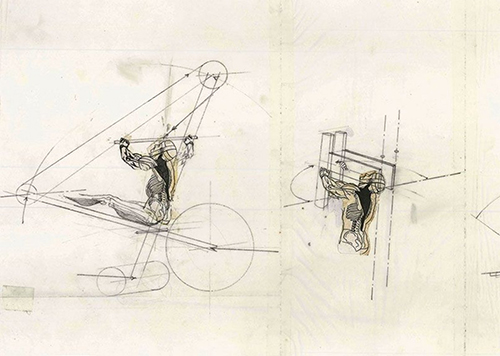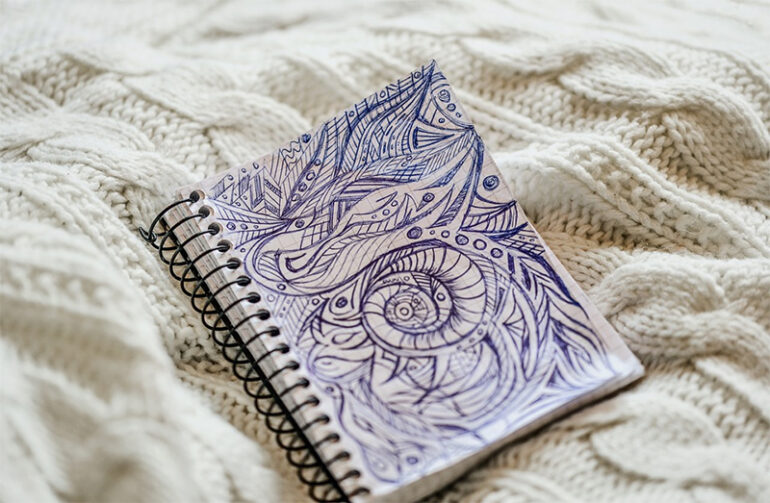Have you ever found yourself watching an art tutorial, viewing an incomplete art piece, thinking that it looks great, only to find that the finished piece isn’t quite as good as what you were expecting? You definitely are not alone, as there is a beauty to line art and how it serves as one of the first steps while simultaneously being an excellent last step due to all of the possibilities.
It is something you would typically notice the most in Japanese animation — specifically the ones without too much of a budget when it comes to digital art. Typically, in such cases, the sketch itself becomes even more desirable than the finished product due to what it represents, and its connection to the rough sketch.
An evolution of the sketch

Typically, line art is what goes on after the rough sketch; once the artist has fully figured out what they intend to do, they add another layer (if done through digital art) and begin drawing cleaner lines overall. In the case of physical sketching, line art would typically be the ink or harder pencil strokes that serve as the general foundation of the final product.
That said, the magic of line art comes from all of the potential brimming within the work. It is quite similar to the rough sketch in that it tends to be one of the earlier steps, but there’s a reason why learning to perfect line art and leaving it as is can be so useful to an artist.
It helps the artist learn through restriction
When it comes to handling art, the artist typically has plenty of tools of the trade to help finish the job. In the case of the rough sketch, you could technically continue to sketch as much as you wanted until you’re happy with the final product. With line art, you work with what you have to provide clean lines that are often quite therapeutic given the circumstances.
It can be a freeing experience to not have to worry about coloring or any final touches, but it does still offer challenges in the form of getting things right the first time — especially if you do not intend to draw digitally.
A method of teaching discipline and creativity
The rough sketch is all about allowing the artist to let the creative juices flow and draw whatever they like. Going for line art typically already has a foundation in the form of the sketch, which means line art helps the artist maintain discipline, while still trying to figure out how best to make the look pop without having to resort to colors. Perhaps they could even use colored pencils for the line art to create a unique look.
While rough sketches and line art is typically used at the beginning of an art piece, trying to utilize it as the end of the work offers a fair and therapeutic challenge that is bound to satisfy any artist. The best part is that if you feel like something is missing, you can always use it as the baseline for more work!
Photo Attribution:
1st and featured image from https://pixabay.com/photos/sketch-art-design-drawing-retro-4366652/ 2nd image from https://www.ribaj.com/culture/egashira-exhibition-is-curiouser-and-curiouser
